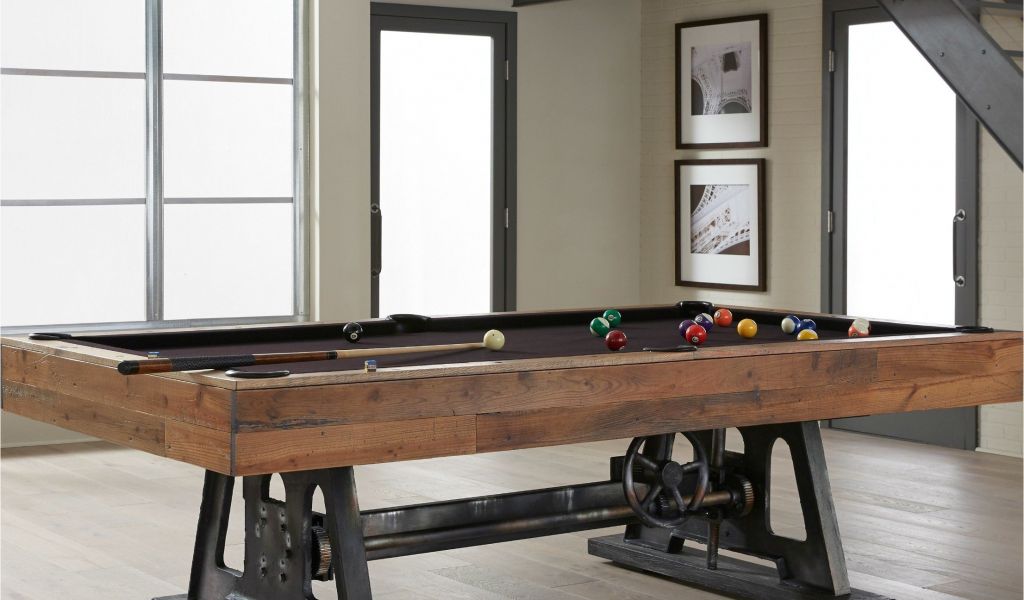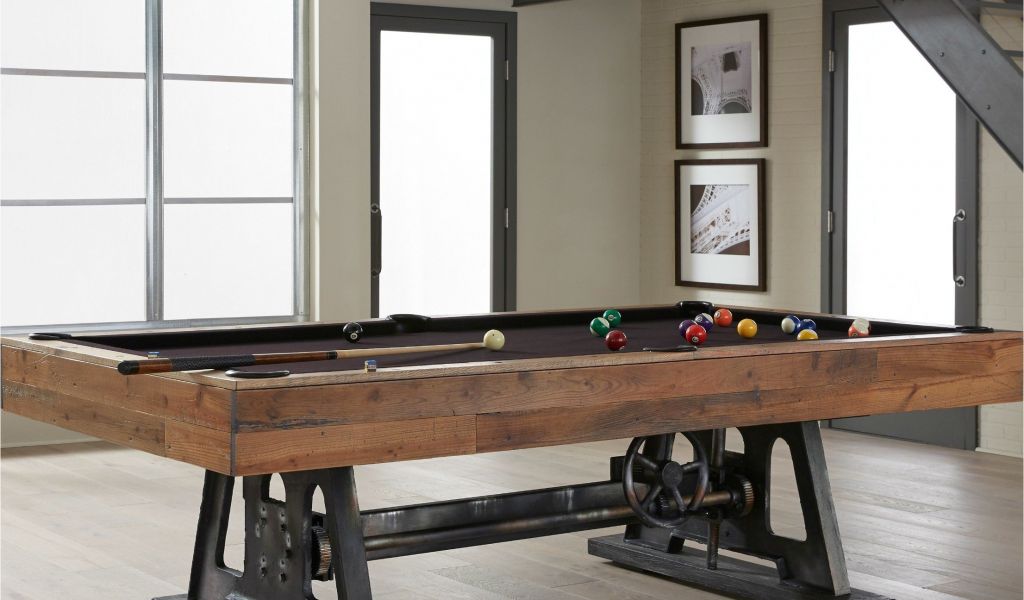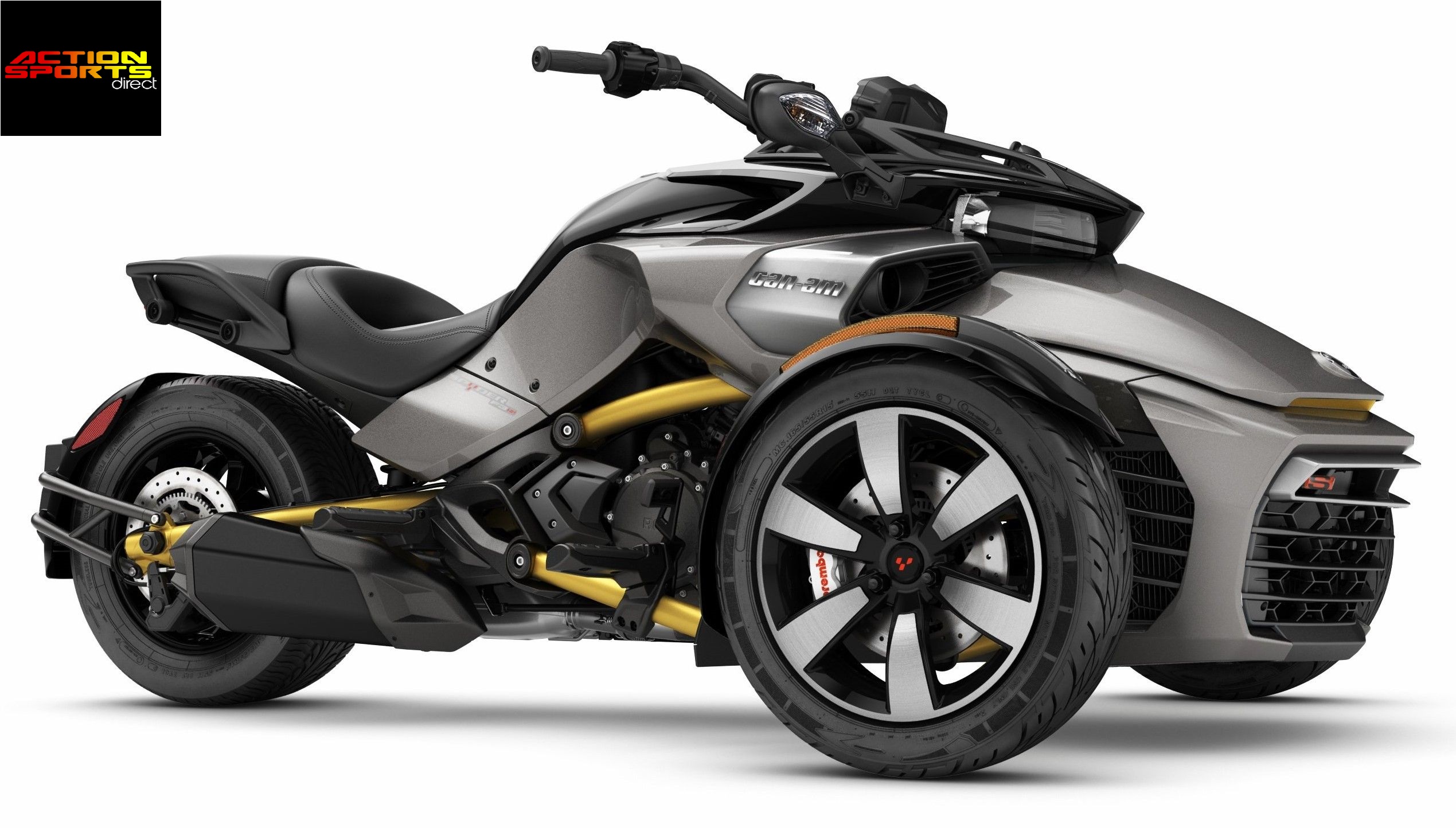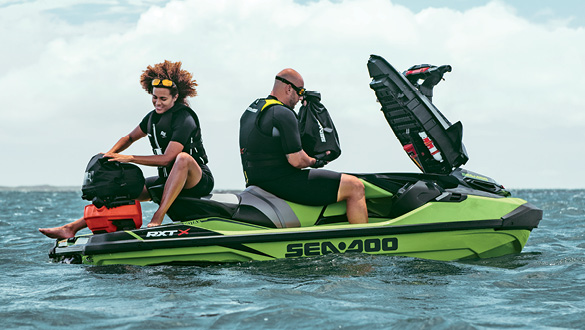The Pool table is one of the most popular games in the world. There are many variations on how to play, as well as different types of tables and balls. Some people swear by one brand over another, but all you really need is a set of pool balls and a table that fits your space. Here’s what you need to know about both so you can start playing right away!
Pool tables have the same dimensions.
You may be wondering, “What are the dimensions of a pool table?” Well, they’re pretty basic and easy to remember: 8.5ft long, 4ft wide and 2ft tall with a playing surface that is 4 inches thick. The playing surface itself is made of wood with pockets cut out at each end by a skilled craftsman who probably has some sort of nickname like Cherry or Jiggy.
Of course there’s more to it than just those numbers—there’s also some science involved in designing a good pool table! The primary purpose of the size and shape of your table (and most importantly its thickness) will determine how well you can play on it.
A thicker board resists warping better than thinner ones do over time due to moisture changes around them from humidity levels changing inside an enclosed room where climate control isn’t feasible yet still needs some sort of heating/cooling system installed before someone gets hurt when they fall down during playtime hours because their clothes aren’t thick enough for winter months…
There are two types of pool table cloth.
Pool tables are typically covered with either a fibre-based cloth or a felt-based cloth. There are some differences between these two types of table coverings, but they’re both able to perform the same basic function: protect the balls from scratching, scuffing, and being damaged in general.
Fibre-based pool table covers are made from synthetic materials like nylon and polyester, which means that they’re more durable than felt but also harder to repair if something happens to them. Felt-based pool table covers tend to be made from wool or acrylic (and sometimes even cashmere), so they can be repaired easily if there’s an issue with them—but these repairs won’t last as long as fixing damage on a fibre cloth will.
In addition to being easier to fix when they get damaged, felt cloths tend not only offer better ball control and less friction between surfaces compared with fiber cloths; they also grip better than fiber ones do while still offering enough stability for games played on an uneven surface such as lawns outside where grass grows unevenly amongst other things growing nearby!
Different types of pool tables attract different players.

The first thing to consider when buying a pool table is the size of your space. If you have a small apartment, or live in an area where space is at a premium, you may want to opt for a smaller table that can be easily folded up when not in use. If you have ample room and are looking for something more permanent, then go ahead and get yourself one of those big tables from yesteryear.
Another thing to consider is how many people will be playing on it. If it’s just going to be you and your spouse, then maybe you don’t need an eight-foot monster; but if there are kids around who like chasing balls around the house (or guests who might want some friendly competition), then perhaps something larger would suit them better.
The next factor is style—the type of game being played with this particular table: Eight ball? Straight pool? Snooker? This will help determine which kind of balls work best on your particular set-up as well as what kind of cues should go along with it (and whether or not any accessories like chalk or cloths are necessary).
Finally comes cost—which varies depending on several factors including material type (wood vs carbon fiber), size/shape (oval vs rectangular) and other features such as pockets with lights inside them so they glow during night games!
Billiard balls are made from phenolic resin.
You may have heard that billiard balls are made from phenolic resin, and you’re probably wondering what exactly that is. Phenolic resin can be used in a number of ways, but in this case it’s placed under high heat and pressure to create the balls themselves. It’s a material that’s been used for years for its strength and durability, so it makes sense that billiard ball manufacturers would choose it as well.
It’s also important to note that phenolic resin isn’t actually plastic—it’s actually more like Bakelite (hence the name). That said, there are plenty of ways you can tell your billiard balls apart from cheap plastic ones!
There are seven different colored balls in a set of pool balls.
There are seven different colored balls in a set of pool balls. These include:
- The cue ball, which is white and pretty easy to spot.
- The object ball, which is red and generally smaller than the cue ball.
- The stripe ball, which is yellow-ish or orange and has one line going down it vertically.
The eight ball is the black ball. It is the last ball in the game and it’s regarded as the most important, because it’s also the most difficult to pocket. It can be very difficult to sink, but if you do sink it, then you’re called “on the eight. If you’re looking to purchase a new pool table, you should know that a pool table and pool balls set should be the same size. The same material, weight, size, color and type of balls are also preferred for a quality game of billiards.
Conclusion
Whatever your skill level and preferences, there’s a pool table out there for you. If you’re just starting out, it might be a good idea to find a friend who already plays and ask them what they think is best for beginners.
If you’re more experienced, you can choose one based on size or price point without worrying about how difficult it will be for those new players who want to learn from scratch! It all comes down to knowing what kind of player you are before making any big purchases like these so make sure you do your research first before buying anything else other than maybe some nice gloves 🙂




